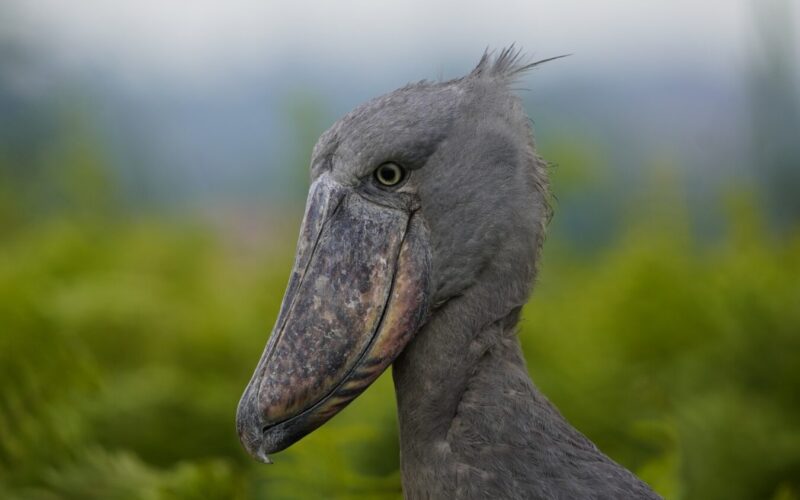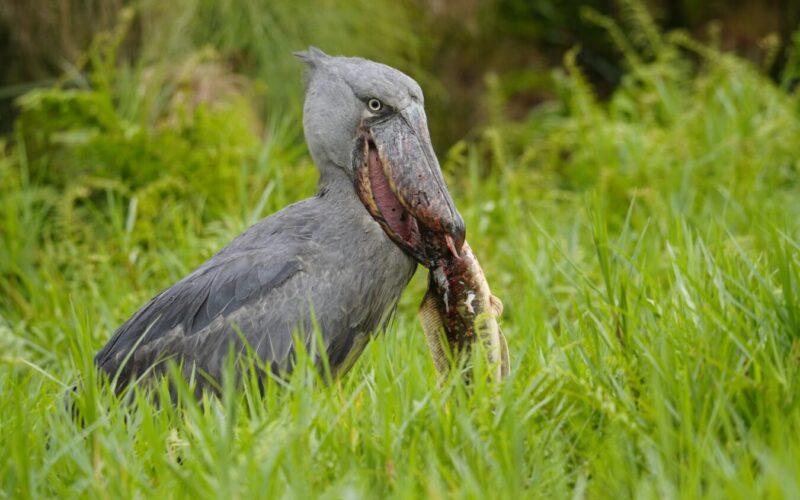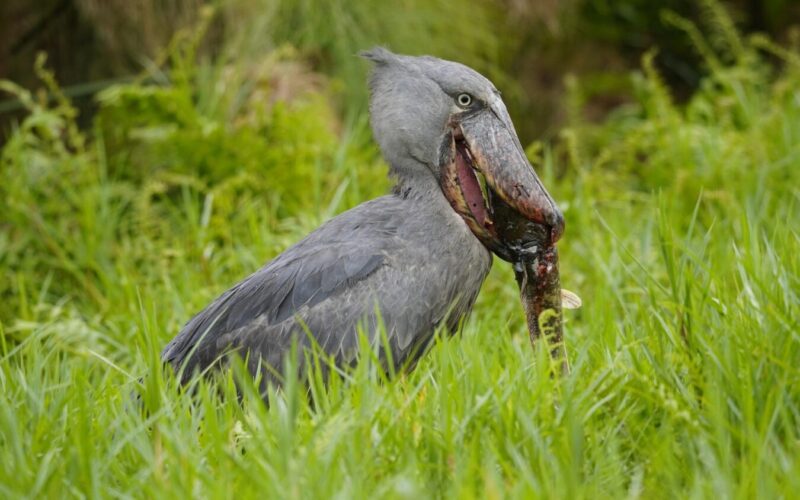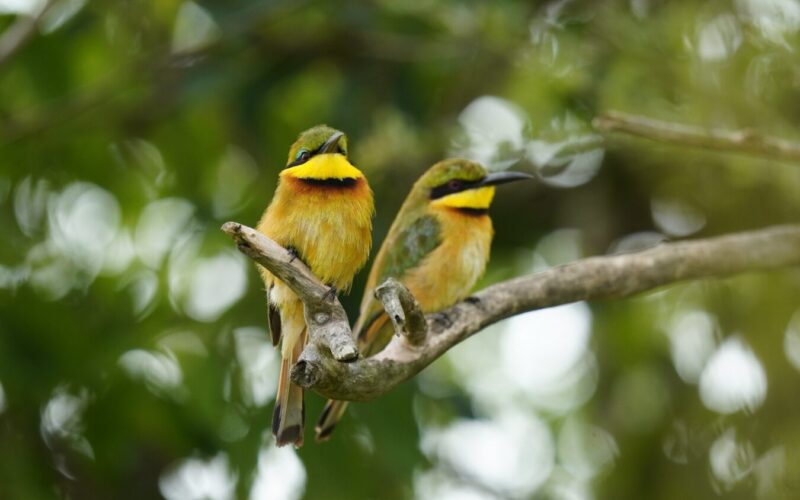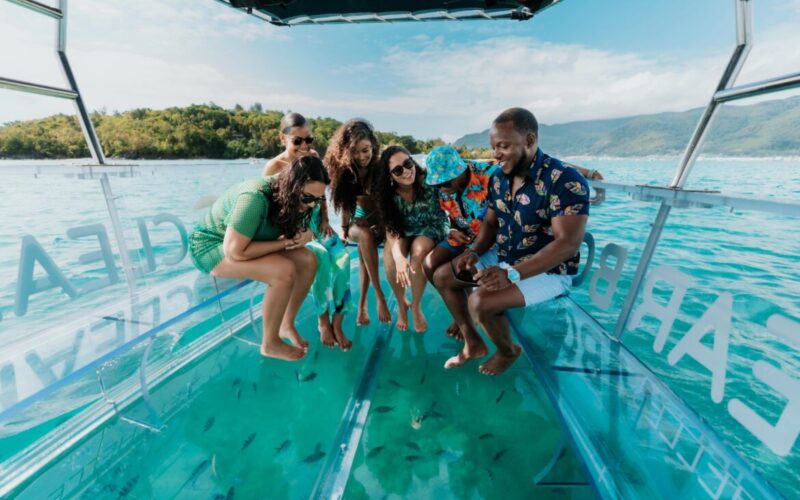
How Expensive Are Safaris in Tanzania?
September 29, 2025
Why Are Tanzania Safaris So Expensive?
September 29, 2025Why Are Tanzania Safaris More Expensive Than Kenya Safaris? – Deks Safaris & Tours
Many travelers planning East African safaris often ask, why are Tanzania Safaris more expensive than Kenya Safaris? Tanzania Safaris provides an unparalleled wildlife experience, combining vast wilderness areas, iconic parks, and exclusive access to the Great Wildebeest Migration. The premium pricing reflects higher park fees, extensive internal transfers, and a concentration of luxury accommodations. While Kenya offers a larger tourism infrastructure and more budget-friendly options, Tanzania emphasizes high-value, low-density tourism, ensuring a more intimate, immersive safari experience. A Tanzania Wildlife Safari prioritizes quality over quantity, creating unmatched wildlife encounters, personalized Tanzania Game Drives, and tailored walking safaris in Tanzania.
Higher Park Fees and Conservation Costs
One primary factor that makes Tanzania Safari Holidays more expensive is the country’s higher park fees. Entry fees for iconic destinations such as Serengeti National Park and Ngorongoro Crater are significantly higher than in Kenya. These fees directly support conservation, anti-poaching efforts, ecosystem management, and the maintenance of safari infrastructure. Every dollar spent contributes to protecting endangered species, preserving natural habitats, and funding professional guides who enhance walking safaris and game drives. By including these costs in safari packages, Tanzania ensures that wildlife viewing remains sustainable, exclusive, and educational. While this raises the overall price, it guarantees that travelers experience Africa’s most remarkable landscapes responsibly, creating long-term value for both the environment and the guest.
Logistics and Internal Transfers
Tanzania’s vast size and dispersed national parks also contribute to higher safari costs. Internal transfers between parks often require domestic flights or long overland journeys in 4×4 vehicles, which incur substantial operational expenses. For example, reaching Ruaha or Nyerere National Park requires careful planning, fuel costs, and logistics for both guests and safari staff. Many premium Tanzania Safaris incorporate these transfers to maximize comfort and minimize travel time, further increasing the total cost. In contrast, Kenya’s parks are closer together, allowing for shorter road transfers and lower operational expenses. For travelers seeking remote, less crowded wildlife areas in Tanzania, the extra cost of travel logistics is a necessary investment for an exclusive and memorable experience.
Accommodation and Luxury Options
Accommodation is another critical factor driving Tanzania Safari pricing. Tanzania has a relatively limited number of luxury lodges and high-end tented camps, particularly within premier parks like Serengeti, Ngorongoro, and Tarangire. Many of these lodges operate in remote locations, requiring significant investment in infrastructure, staff, and ongoing services. Mid-range and budget options are fewer, particularly during peak seasons, which further drives up costs. These accommodations often include all-inclusive packages covering meals, guided Tanzania Game Drives, walking safaris in Tanzania, cultural village visits, and optional activities like hot-air balloon rides or Gorilla Trekking extensions. The combination of remote locations, luxury services, and high-demand seasons ensures a premium experience, explaining why Tanzania Safari Holidays are more expensive than similar Kenyan safaris.
Economy of Scale and Tourism Infrastructure
Kenya has a larger tourism infrastructure, including more airlines, hotels, and safari camps. This allows for greater competition among operators, driving down overall costs and offering a wider range of budget and mid-range options. Travelers can find affordable group safaris, lodges, and tour packages without compromising wildlife experiences. Tanzania, in contrast, intentionally limits the number of visitors to maintain low-density, sustainable tourism. This focus on exclusivity ensures higher quality but reduces the economy of scale, resulting in higher per-person costs. The strategic choice prioritizes environmental conservation, small-group interactions, and private, tailor-made Tanzania Safari Holidays that deliver unmatched wildlife and cultural experiences.
The Value of a Tanzania Safari
Despite the higher costs, a Tanzania Wildlife Safari delivers unique value that justifies the premium. Travelers enjoy access to world-renowned wildlife spectacles such as the Great Wildebeest Migration, predator encounters in vast Serengeti plains, and high concentrations of Big Five animals in Ngorongoro Crater. The country’s parks are less crowded than Kenya’s, offering an intimate safari experience, personalized game drives, and immersive walking safaris in Tanzania.
Tanzania also hosts iconic natural landmarks like Mount Kilimanjaro, the Ngorongoro Crater, and the Serengeti, creating breath-taking landscapes for photography, wildlife observation, and cultural exploration. Many safari lodges incorporate local community visits, allowing travelers to interact with Maasai and Hadzabe peoples, participate in traditional ceremonies, and learn about Tanzanian culture. Combining wildlife, luxury accommodation, cultural experiences, and conservation-driven tourism, Tanzania Safaris provide a premium, transformative adventure that surpasses standard safari expectations, making the higher price a reflection of quality, sustainability, and exclusivity.
Why Are Tanzania Safaris More Expensive Than Kenya Safaris? Summary
In summary, Tanzania Safaris are more expensive than Kenya Safaris due to higher park fees, extensive logistics, luxury accommodation scarcity, and a deliberate low-density tourism strategy. These factors ensure an exclusive, immersive, and sustainable wildlife experience that highlights Africa’s most iconic natural wonders. Travelers gain access to remote parks, expert-guided Tanzania Game Drives, walking safaris in Tanzania, and optional Gorilla Trekking extensions, combined with cultural visits and high-end lodging. While Kenya offers competitive pricing and more budget options, Tanzania prioritizes premium experiences, conservation funding, and unique, less-crowded wildlife encounters.
Choosing Tanzania Safari Holidays is an investment in unforgettable wildlife, cultural immersion, and ethical, eco-conscious tourism. Guests leave with memories of vast landscapes, intimate predator encounters, and authentic African cultural experiences. Despite higher costs, Tanzania Safaris provide a transformative journey unmatched anywhere else in the world.

